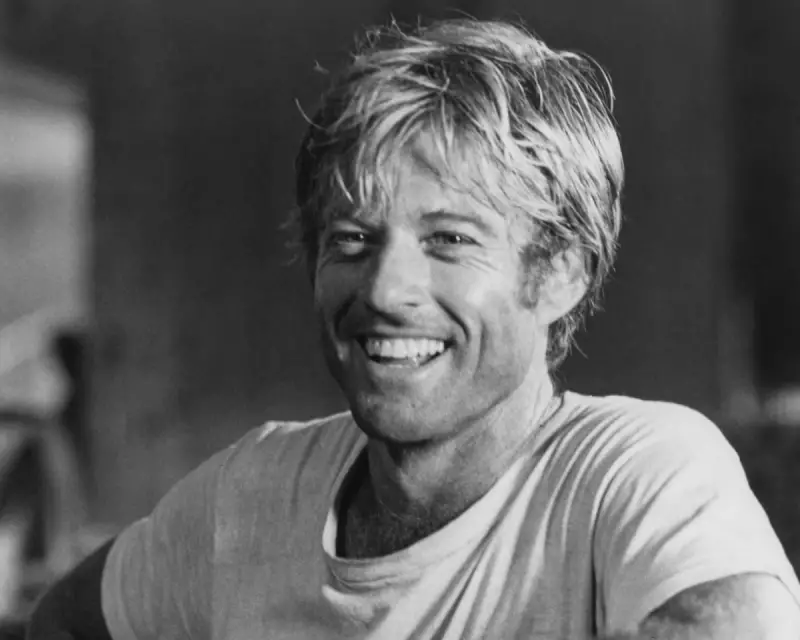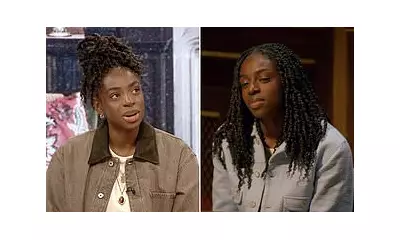
For decades, a single, golden-hued archetype has cast a long shadow over Hollywood casting offices. It’s the ‘Robert Redford look’ – a seemingly immutable standard of all-American, sun-bleached blonde masculinity that continues to influence which faces we see on screen. But what is the cost of this enduring obsession?
The Blueprint of a Hollywood Ideal
The article from The Guardian explores how Redford’s specific brand of handsome—characterised by blonde hair, blue eyes, and an athletic, wholesome appeal—became a rigid template. Casting directors and studio executives have historically used this benchmark, seeking the ‘next Redford’ rather than embracing a broader spectrum of male beauty and ethnic diversity.
A Persistent Barrier to Diversity
This fixation has had tangible consequences. The piece argues that this narrow ideal has actively limited opportunities for actors who don't fit this mould, particularly men of colour. By perpetuating a specific, Anglo-centric look as the pinnacle of leading-man material, the industry has sidelined countless talented performers, maintaining a homogeneity that feels increasingly outdated.
The problem isn't Redford himself, but the system's inability to move beyond the template he came to represent. It speaks to a deeper reluctance within the film business to challenge established, and often commercially safe, conventions.
Is Change Finally on the Horizon?
While the legacy of the ‘Redford look’ remains potent, there are signs of a shift. With growing audience demand for authentic and diverse storytelling, the industry is being forced to re-evaluate its ingrained biases. The question is whether this will lead to a genuine dismantling of old standards or merely a superficial expansion of what is considered ‘marketable’.
Ultimately, the piece serves as a critical examination of how aesthetic preferences, frozen in a bygone era, continue to shape our cultural narratives. The journey towards true representation requires recognising and retiring these outdated benchmarks for good.





